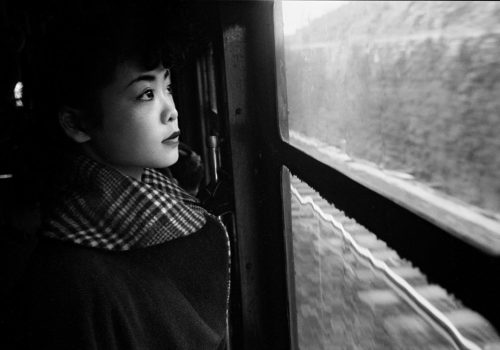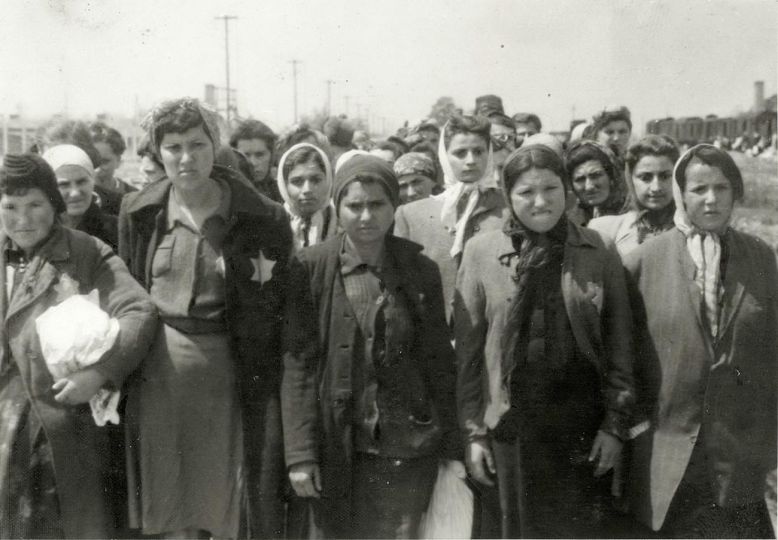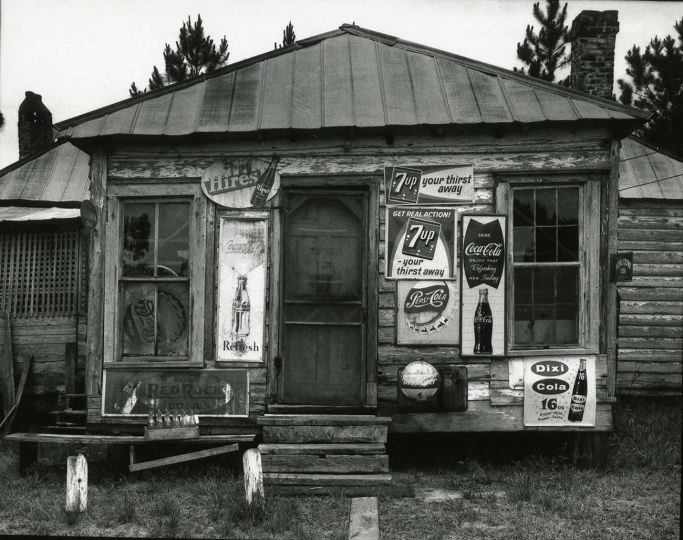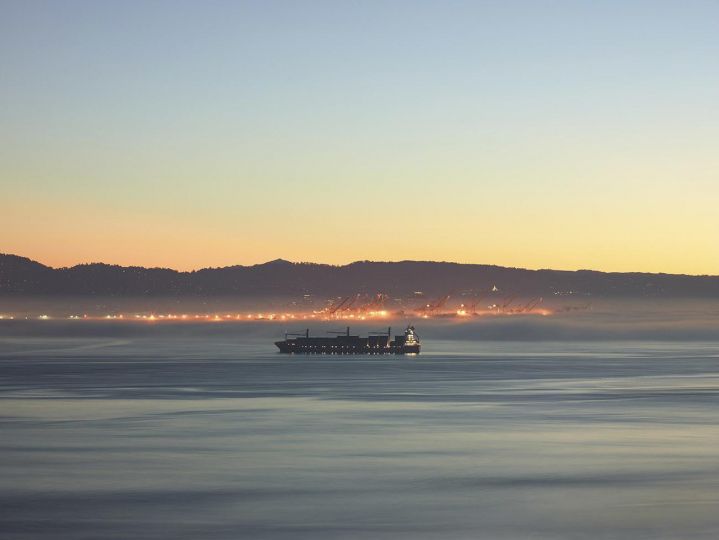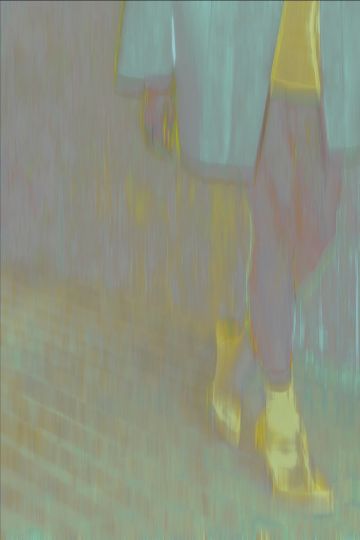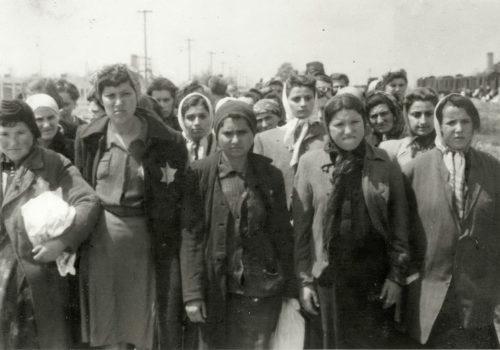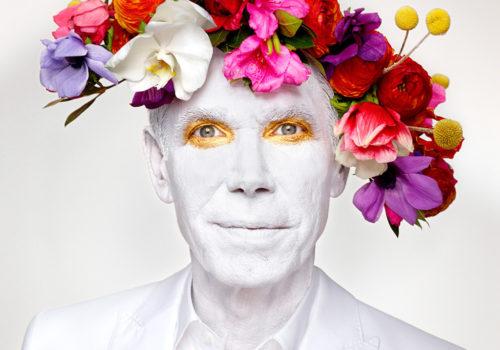In the summer of 1951, Werner Bischof was assigned to photograph the war in Korea. The journey took him to Japan, where American soldiers were sent on leave. Bischof completed his assignment in Korea but it was Japan that captivated him, so much so that he extended his stay for almost a year, pursuing his own interests and research alongside commissioned work. He devoted himself to the history of Japan in an attempt to explore the “depths of the Japanese soul”. “I always go too far, too deep. That is not journalistic. I realise that I am not a newspaper reporter. In my innermost soul I am still – and always will be – an artist.”
In the aesthetics of Japan, Bischof recognised the concerns of his early work: the joy of nature and beauty and his love of a clear formal vocabulary. Accordingly, his photographs of Japan oscillate between formal perfection and a committed interpre- tation of the world. His friend and photographer Ihei Kimura introduced him to the mysteries of Japanese culture. Together they visited temples and shrines and studied traditional Japanese art. They travelled through the cities and the countryside of Japan. Bischof was fascinated by the ability of the Japanese to skilfully negotiate between traditional and modern ways of life, between ancient rituals and the demands of a new technological civilisation.
His wife Rosellina joined him at the end of 1951 and shared the magic of that island. In winter – it was snowing – they were visiting the garden of the Meiji Shrine. Suddenly Bischof ran off and disappeared in the snow. He came back a few minutes later, completely out of breath, and declared: “I have just taken the picture of Japan!” He sensed the significance of his photograph even before developing the negative.
In the summer of 1952, the couple left Japan and went to Hongkong. In 1953, Bischof undertook a long-planned journey through the American continent. In May 1954, he suffered a fatal accident in the Andes. His meticulously prepared and posthumously published book Japan has given countless westerners unprecedented insight into the still unknown country. It was the first-ever book of photography to be awarded the prestigious Prix Nadar.
In addition to Werner Bischof’s renowned photographs of Japan, including the iconic Meiji Shrine, the exhibition shows newly discovered photographs, never published before. Platinum prints in limited editions as well as exclusive vintage prints from the estate will be on view.
“I am trying to project myself into the mind of the Japanese and to understand their way of life from their point of view. Duncan, and indeed most of the Americans. approach the problem from the American point of view, which, especially in Japan, is deceptive and has the effect of a distorting mirror.
I believe that we at MAGNUM are a group of thinking photographers. Some of us forget this from time to time and publish work that does the name MAGNUM no honour.
„A big story never pays – that‘s right“ – I am precisely one of those who likes making big essays of this kind, and I don‘t think I‘ll ever stop doing so, because these big essays give me a sense of what a country is really like.”
Werner Bischof in a letter to Robert Capa, Tokyo, 1951
Werner Bischof : Japan 1951 – 1952
November 25, 2021 – February 26, 2022
Bildhalle Zurich
Stauffacherquai 56
8004 Zürich

